Impact Windows and Leakage (LONG)
runninginplace
11 years ago
Featured Answer
Comments (7)
millworkman
11 years agolast modified: 9 years agoWindows on Washington Ltd
11 years agolast modified: 9 years agoRelated Professionals
Dallas Window Contractors · Carol City Window Contractors · Oviedo Window Contractors · Washington Interior Designers & Decorators · Alhambra General Contractors · Hartford General Contractors · Irving General Contractors · Longview General Contractors · Manalapan General Contractors · Fitchburg Carpenters · Gardner Carpenters · Lake Worth Carpenters · Nampa Carpenters · Salisbury Carpenters · Tucson Carpentersrunninginplace
11 years agolast modified: 9 years agoWindows on Washington Ltd
11 years agolast modified: 9 years agojolene01
3 years agomillworkman
3 years ago
Related Stories
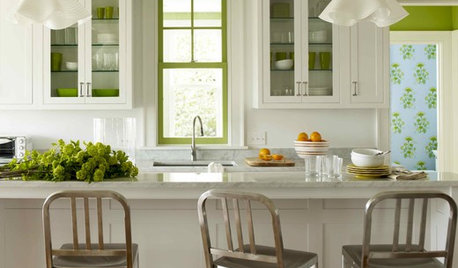
DECORATING GUIDES8 High-Impact Places for Accent Colors
If supersaturation feels all wet to you, try smaller splashes of color on accessories, architectural details and more
Full Story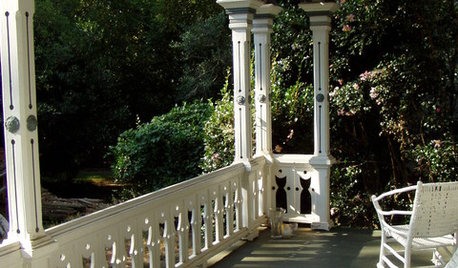
Balusters: Big Impact with Not-So-Big Details
Intricate or Simple, Balusters Define a Home's Architectural Style
Full Story
DECORATING GUIDESImproving a Rental: Great Ideas for the Short and Long Haul
Don't settle for bland or blech just because you rent. Make your home feel more like you with these improvements from minor to major
Full Story
MOVINGRelocating Help: 8 Tips for a Happier Long-Distance Move
Trash bags, houseplants and a good cry all have their role when it comes to this major life change
Full Story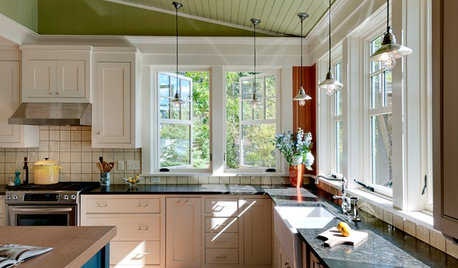
REMODELING GUIDESWhich Window for Your World?
The view and fresh air from your windows make a huge impact on the experience of being in your house
Full Story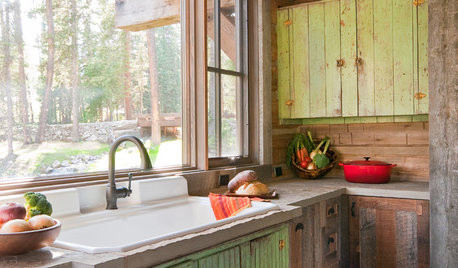
WINDOWSKitchen Windows: 13 Classic and Creative Ideas
Big and tall, long and low, in an unexpected spot ... these ways with kitchen windows offer plenty of possibilities
Full Story
WINDOW TREATMENTS9 Upgrades to Elevate Your Window Treatments
Find out what the pros do to turn an ordinary window covering into a standout design feature — and what it costs
Full Story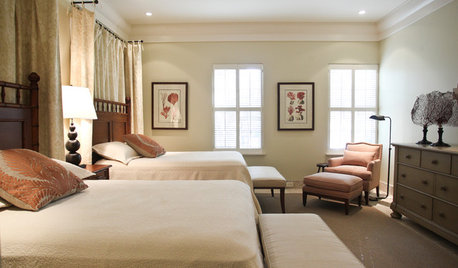
DECORATING GUIDESHow to Work With Awkward Windows
Use smart furniture placement and window coverings to balance that problem pane, and no one will be the wiser
Full Story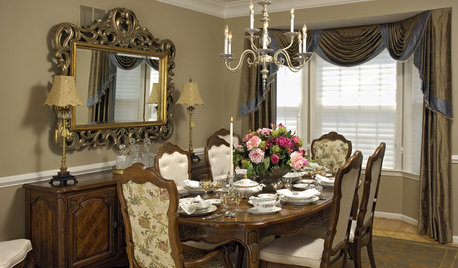
WINDOWSFind Your Window Treatment Style
Whether your look is traditional, contemporary or somewhere in between, make your window treatments match your design personality
Full StorySponsored
Columbus Area's Luxury Design Build Firm | 17x Best of Houzz Winner!
More Discussions






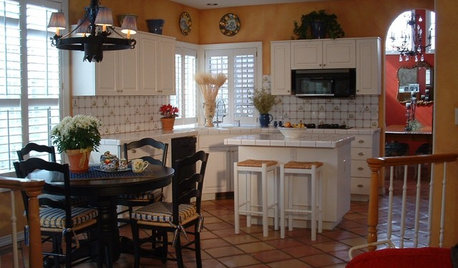
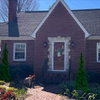


oberon476